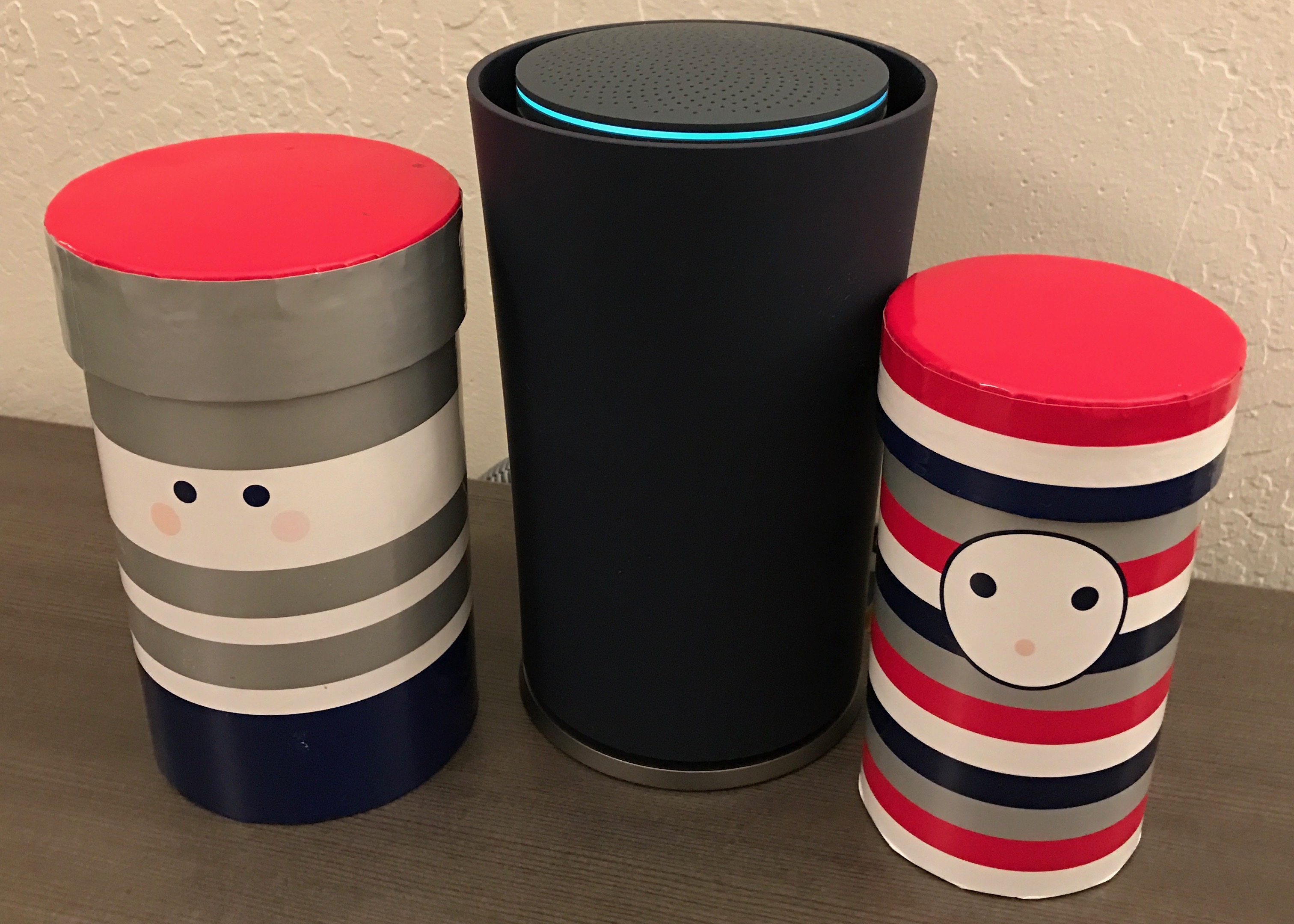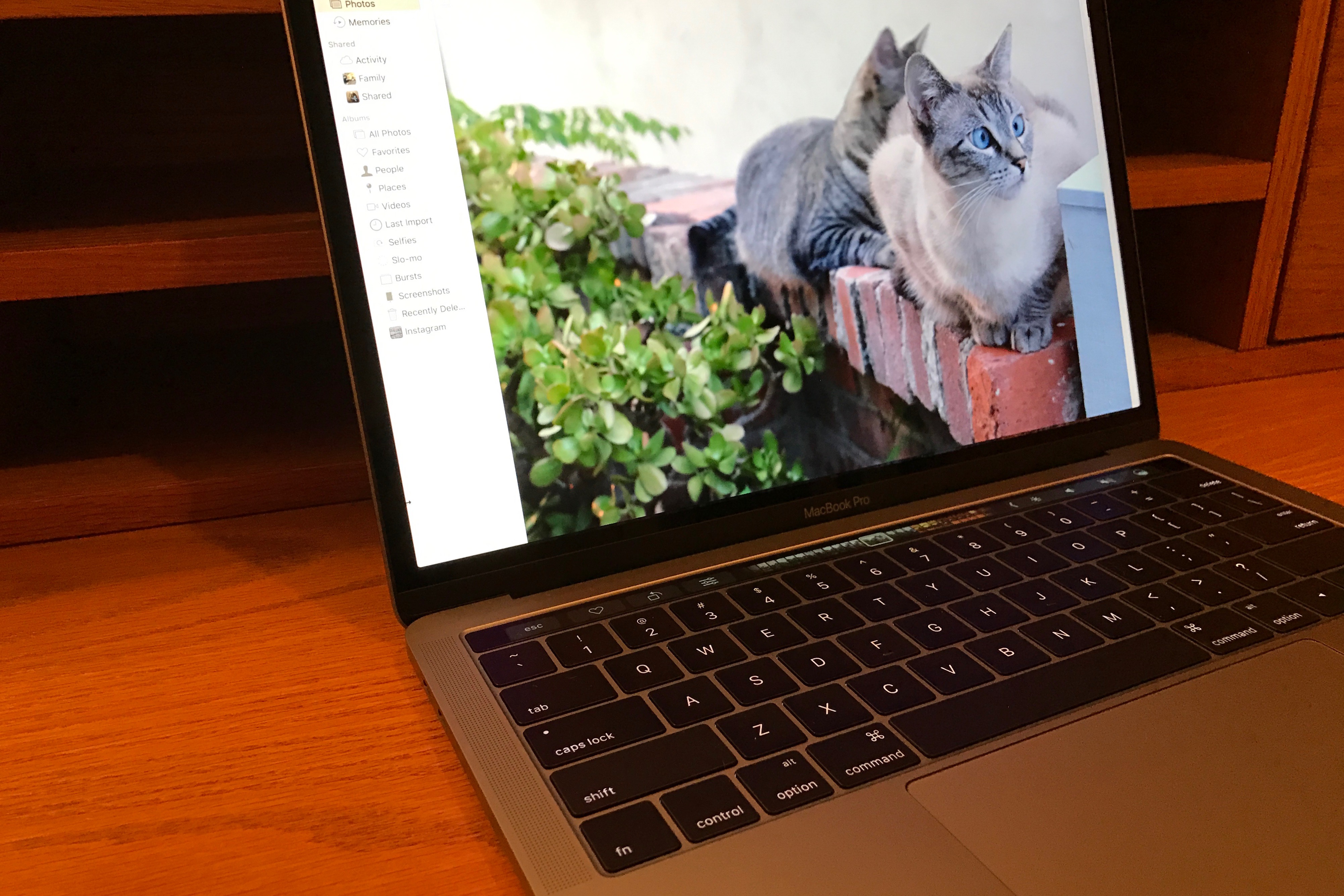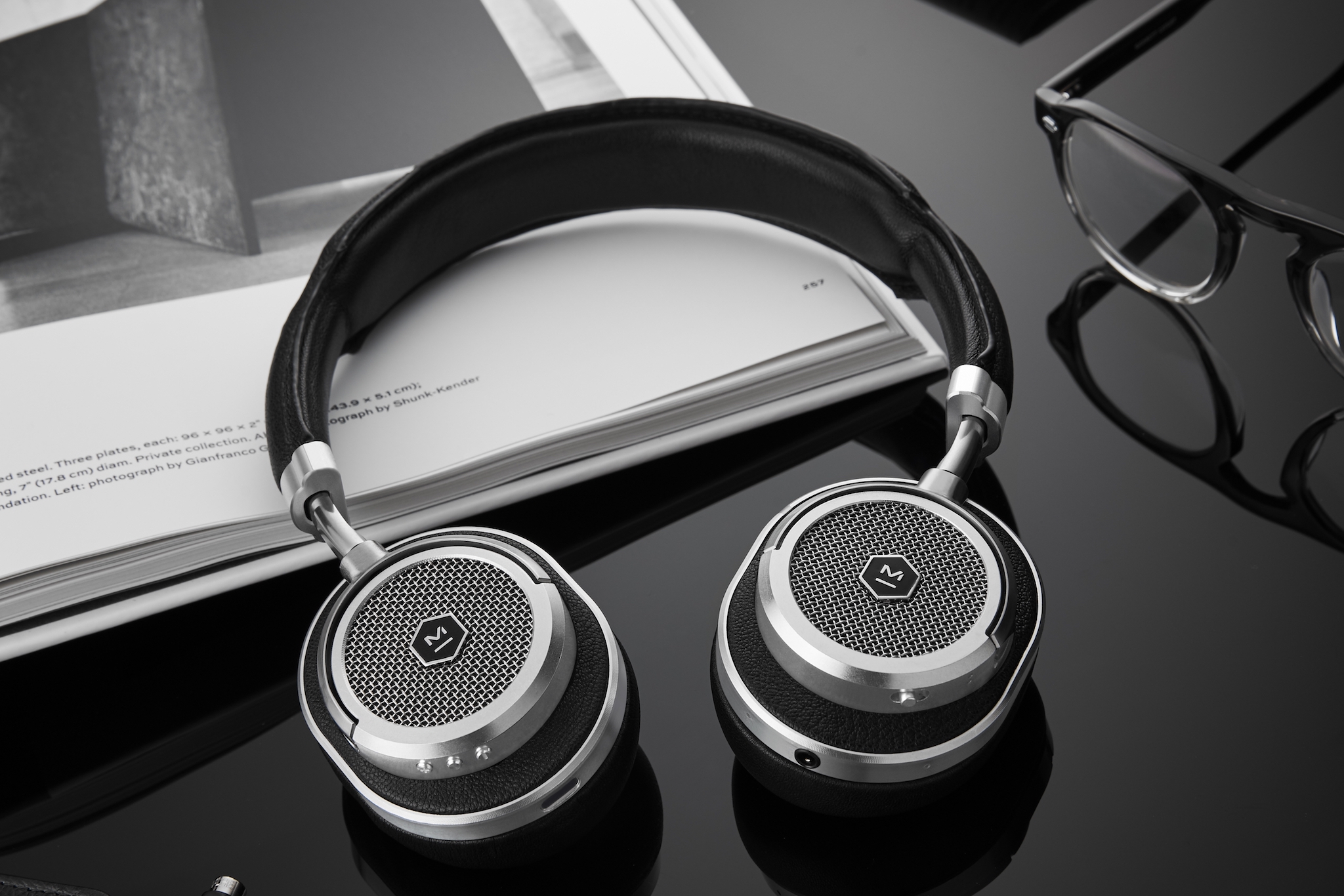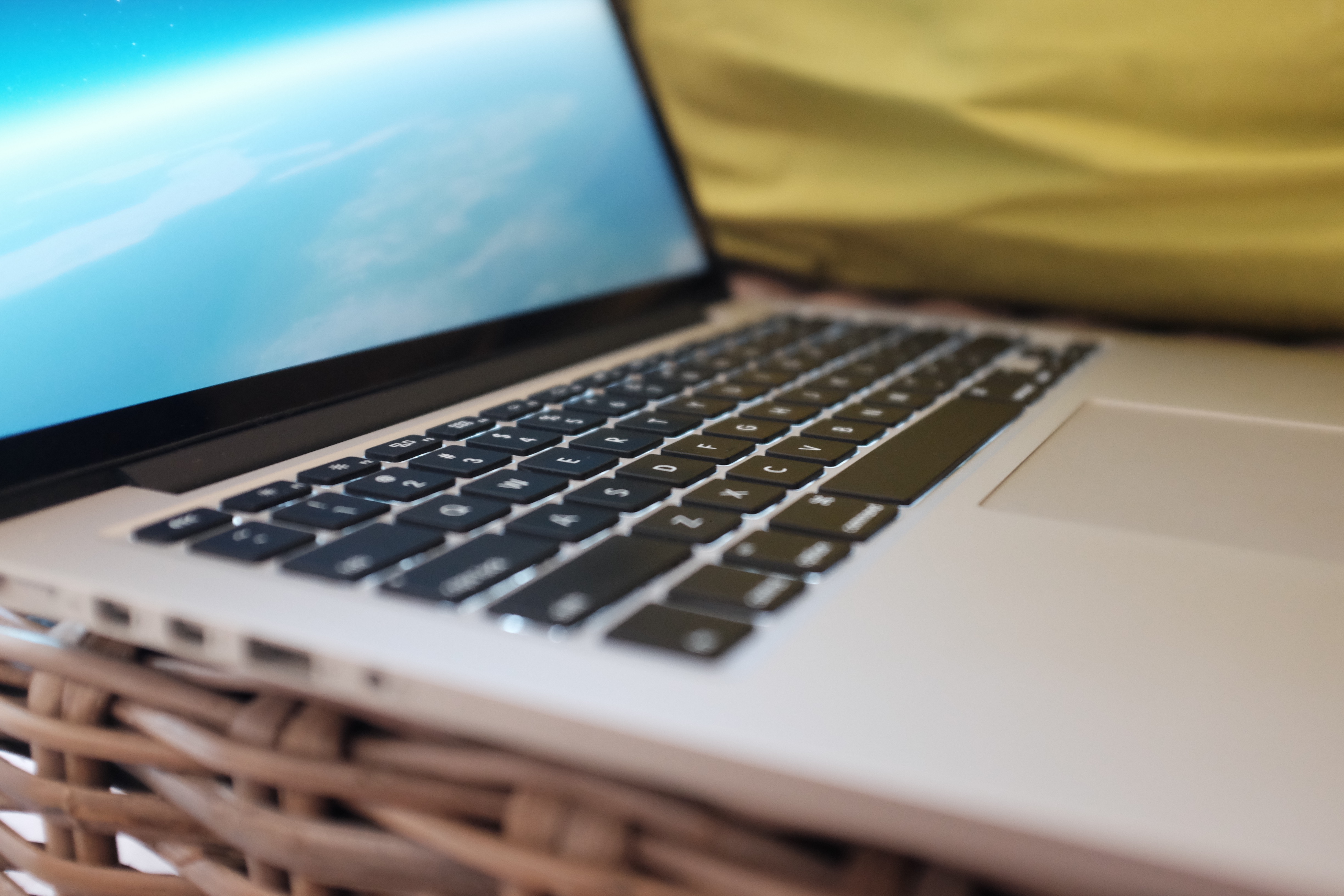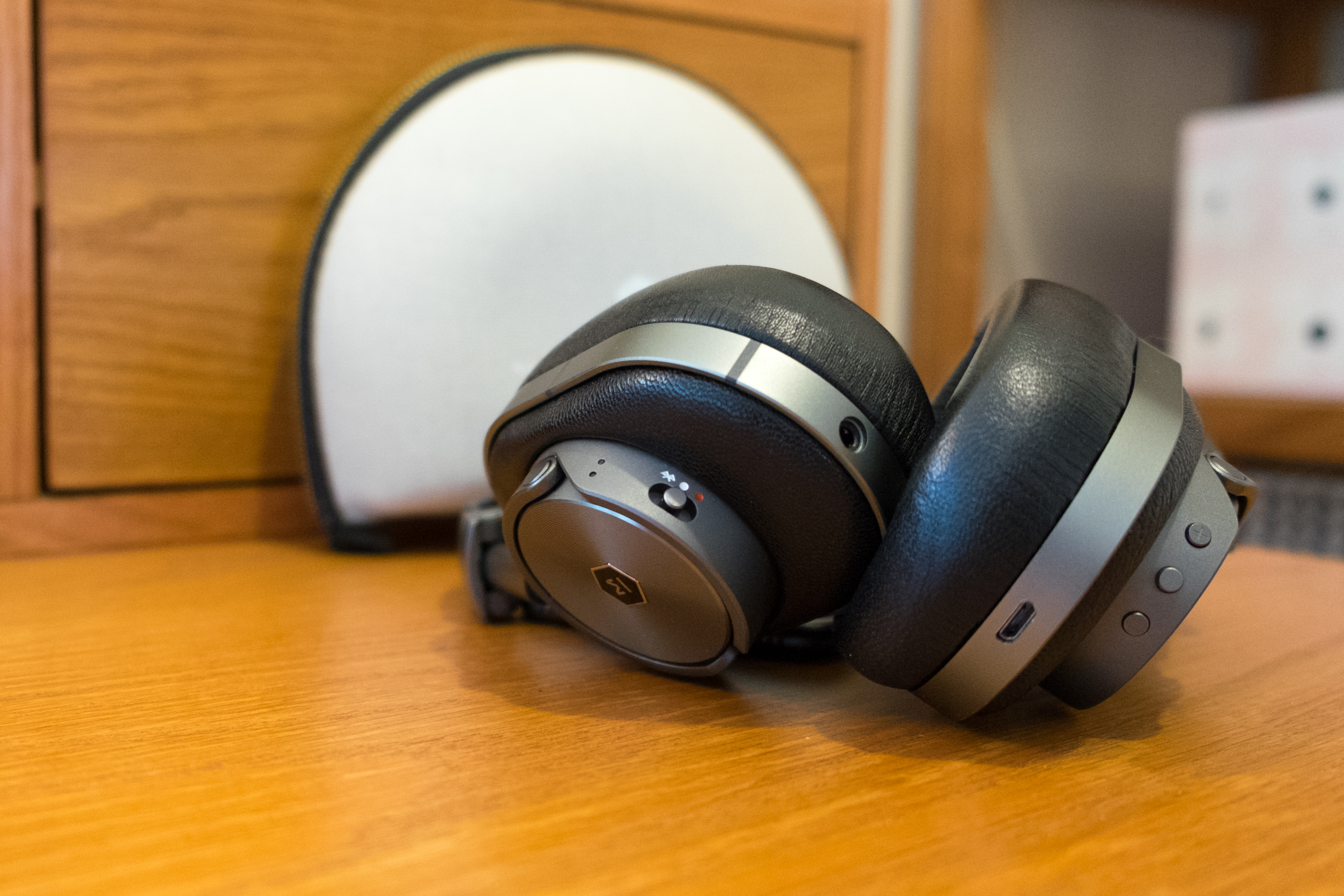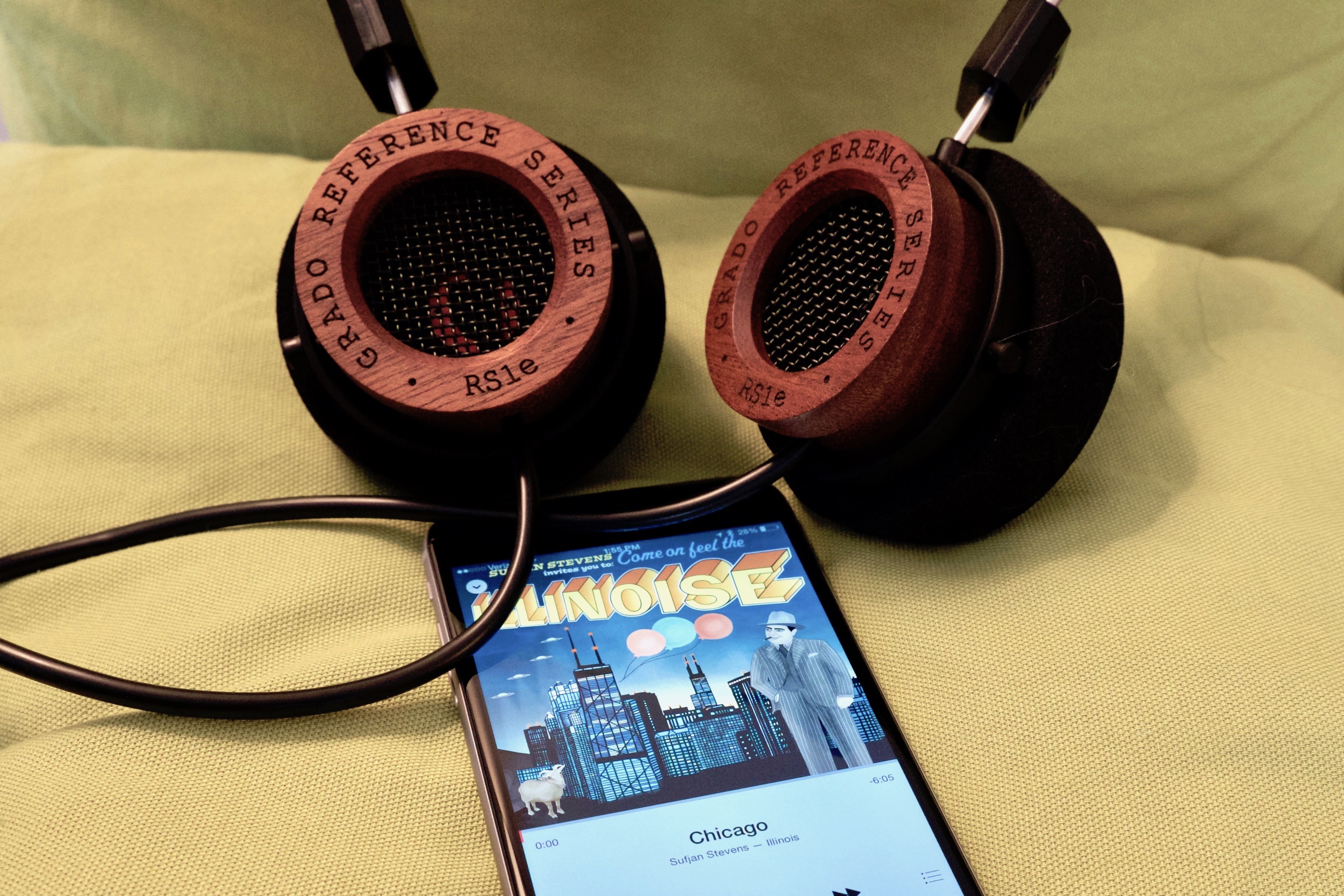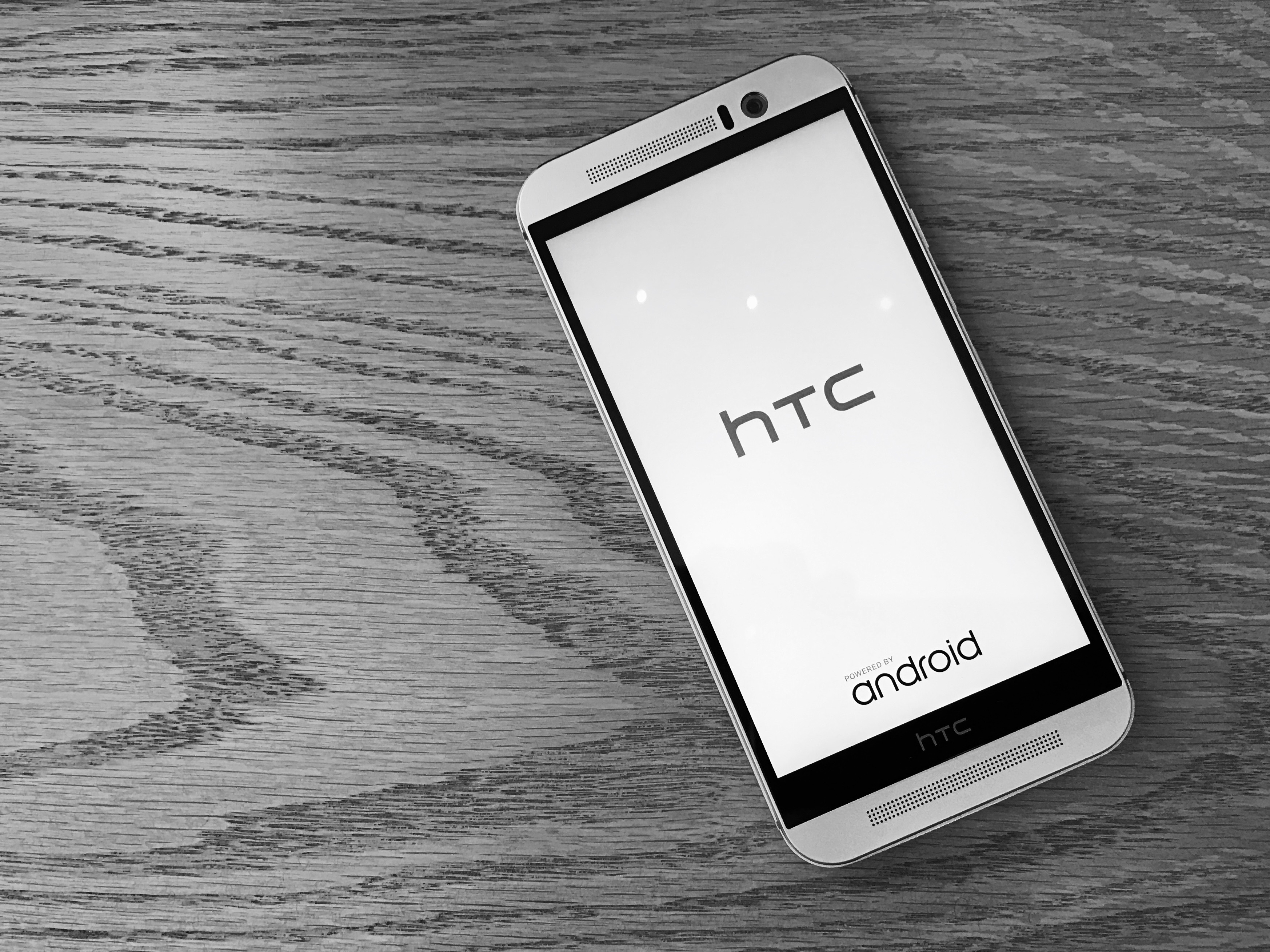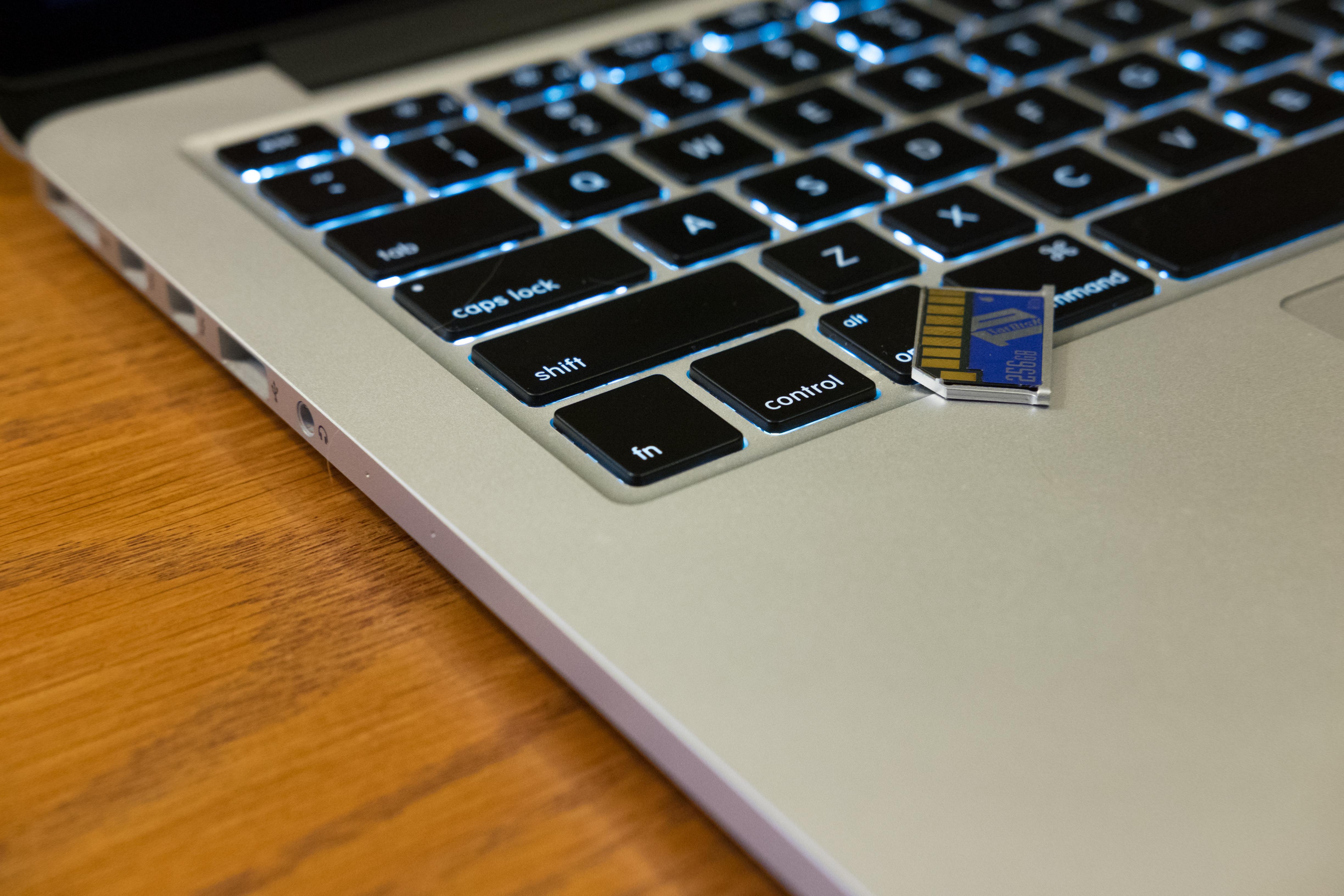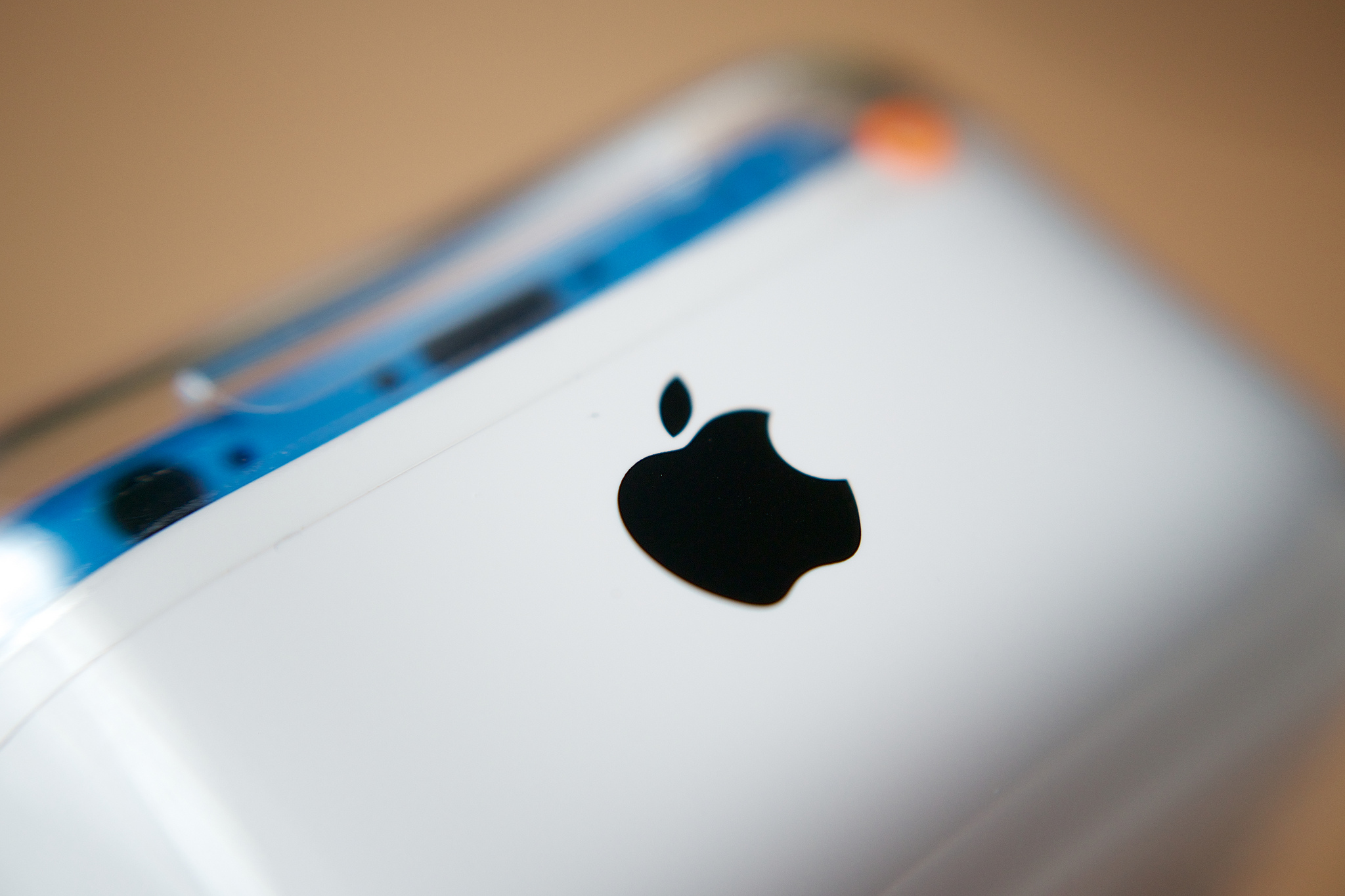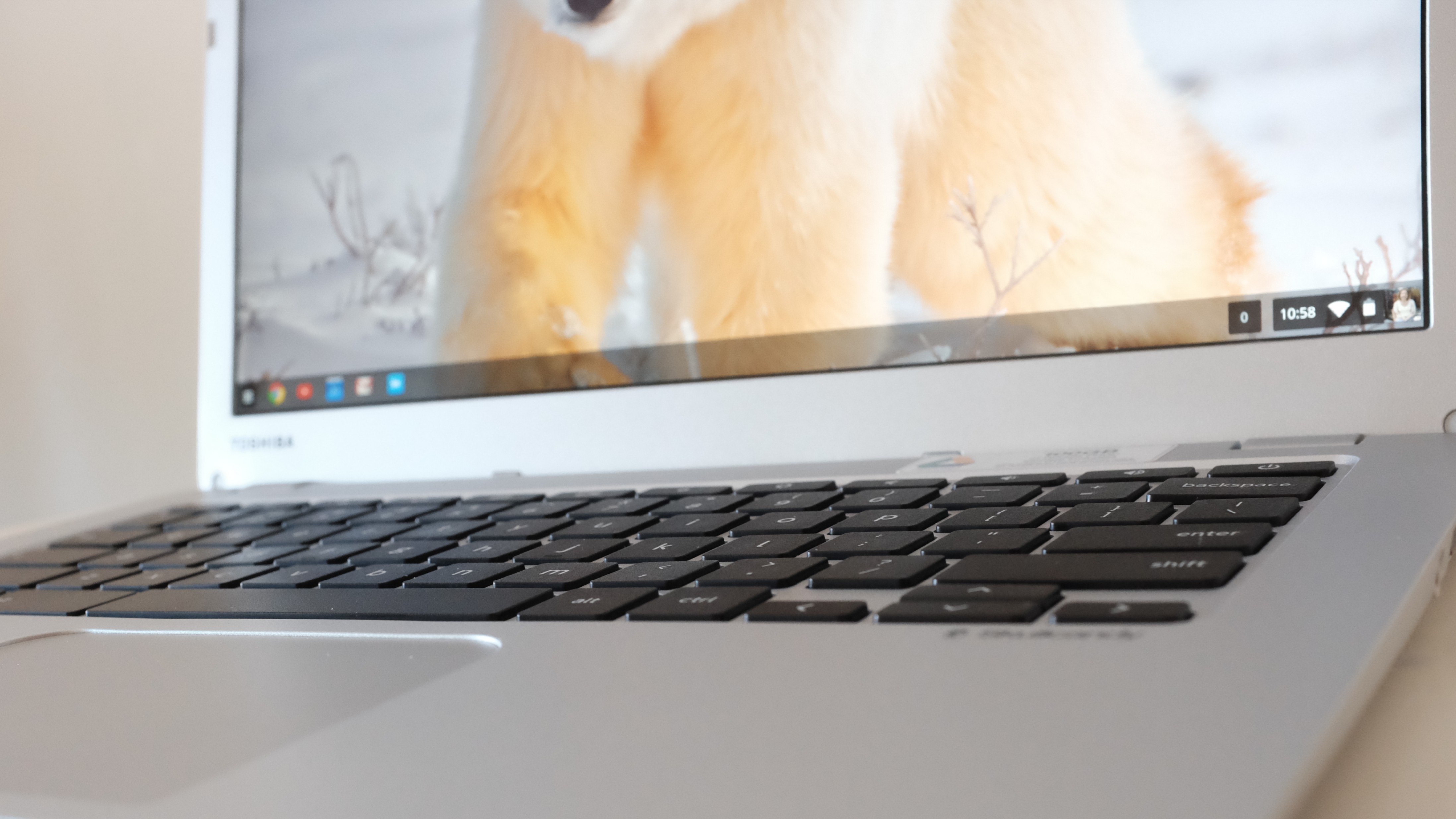We all make mistakes. The challenge is recognizing and correcting them quickly enough. So comes admission: I bought Apple AirPort Time Capsule to replace Google OnHub—what a bad decision.
My tale starts with a chance sighting on Kinja Deals for the 2TB Apple WiFi router on sale at Amazon for $199; one-hundred bucks off. I ordered on Nov. 16, 2016, and the device arrived two days later. At the time, I had 45Mbps AT&T Internet (which has changed since). Placed in the same location where OnHub had been, about 3 meters away from my desk in the same room as the router, throughput consistently came in at 15Mbps, occasionally a little more, as measured by Fast.com or SpeedTest.Net. By contrast, Google’s router wirelessly pumped 40Mbps or more. Ah, yeah.
